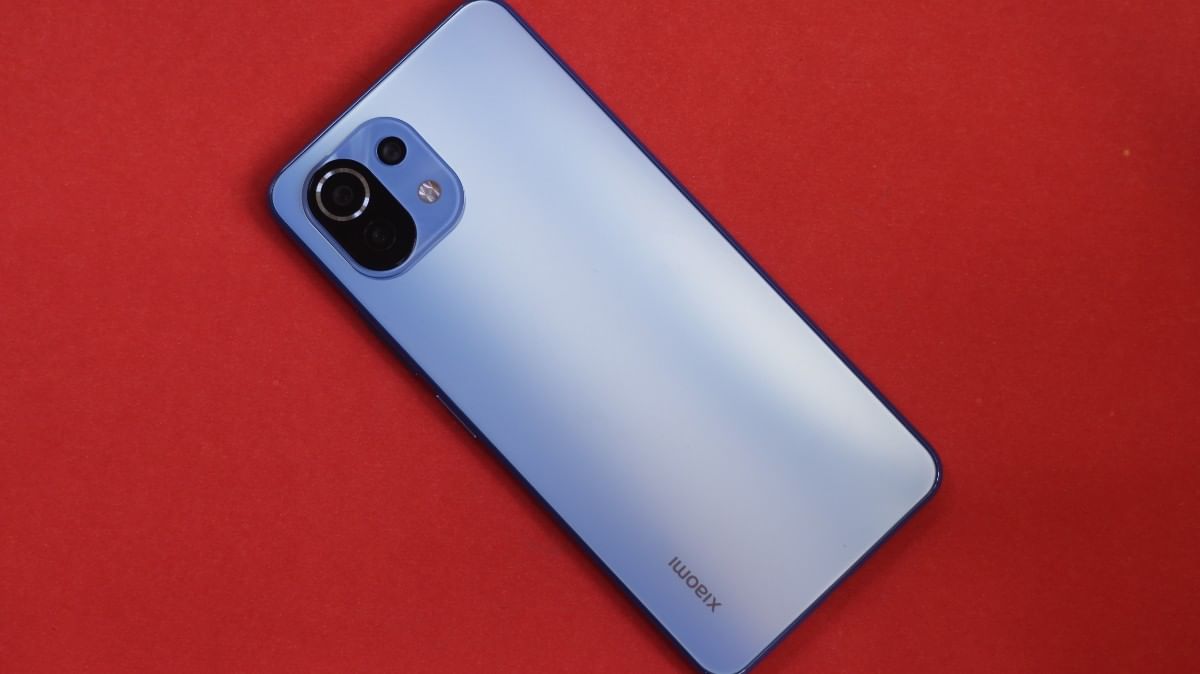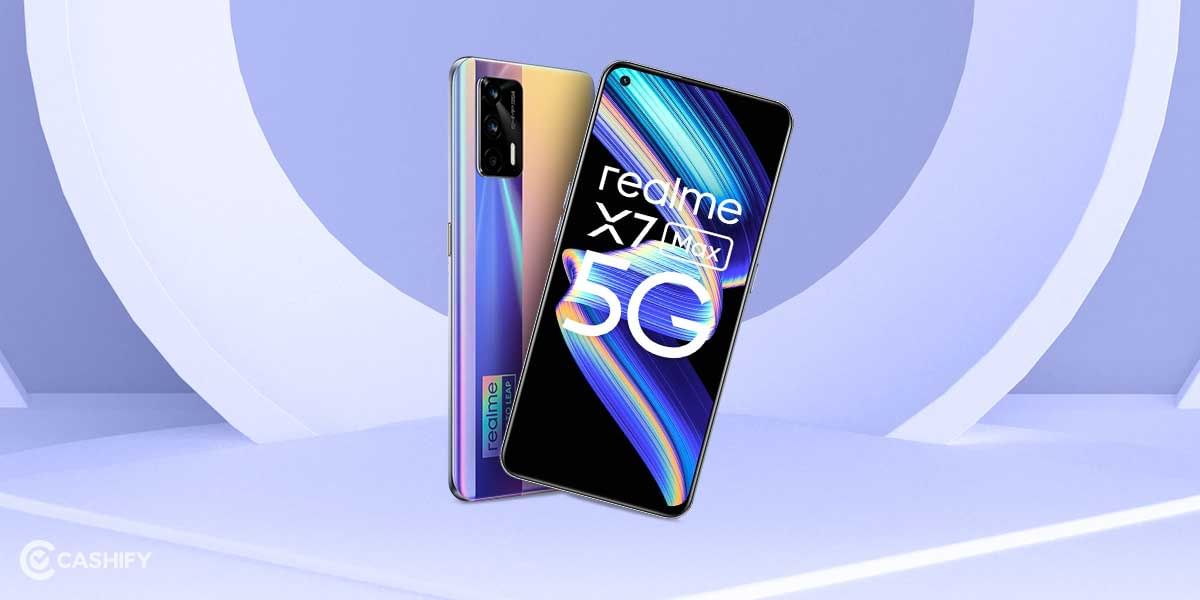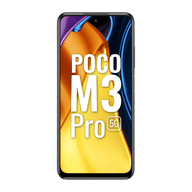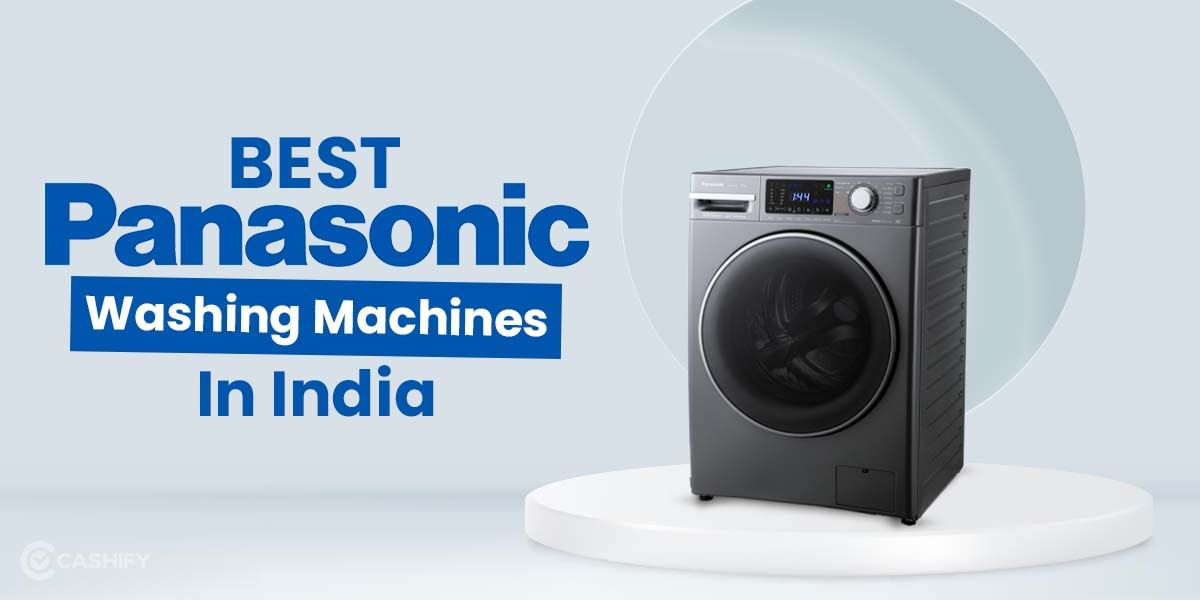Poco M3 Pro Review
Poco M3 Pro 5G is Poco’s next attempt in the affordable 5G spectrum offering speedy next-gen cellular connectivity. There’s more on the table including a powerful Dimensity 700 5G SoC. It is perhaps a Redmi Note 10 5G but without the same rear panel. With a mix of specifications, Poco M3 Pro 5G is available in a sub Rs 16,000/- a price range for its highest variant.
Also Read: iQOO 7 Full Review
However, the question is, is the Poco M3 Pro 5G worth buying or not. If that’s something you want to know, here’s a hands-on review on Poco M3 Pro 5G that you should read.
Poco M3 Pro Price in India, Variants, Availability
Poco M3 Pro 5G is available in three colourways i.e. Cool Blue, Power Black, and Yellow. The base 64GB+4GB variant is available at Rs 13,999/- while the higher 128GB+6GB variant is up for sale at Rs 15,999/-. Get up to Rs 15,000/- off on eligible smartphones under Flipkart’s exchange program. There are other offers as well including 10% off on BoB Mastercard DC first transactions, 5% unlimited cash back on Flipkart Axis Bank CC, and others.
Poco M3 Pro Box Contents
Poco M3 Pro Specs at a glance
Before we talk in detail about the Poco M3 Pro 5G let’s see what the on-paper specs look like?
- Display: 16.51 cm (6.5 inch) Full HD+ 90Hz Display
- Processor: Mediatek Dimensity 700
- Storage: 4GB/64GB, 6GB/128GB
- Software: MIUI 12 (Based on Android 11)
- Rear cameras: 48MP + 2MP + 2MP
- Front camera: 8MP
- Battery: 5000 mAh
- Weight: 190g
- Dimensions: 161.81 x 75.34 x 8.92 mm
Poco M3 Pro Design and Build
Poco smartphones do all they can to differentiate from the parent company Xiaomi. Poco M3 Pro 5G shares the same specifications as the global Redmi Note 10 5G, however, with a different rear panel, Poco M3 Pro 5G makes a bang with its looks.
Talking about the front which is something you will see at first, it is a usual display with a punch-hole cutout for the selfie shooters. The top is covered with a Corning Gorilla Glass 3 for protection. There’s no IP rating so I wouldn’t recommend dipping or even splashing water on the phone.
The back panel on the Poco M3 Pro 5G is where all the magic happens. Instead of a matte finish, the Poco M3 Pro 5G gets a glossy finish. It uses a plastic back but with a glossy finish which is called “glasstic”. It is divided into two sections. The camera island and a Poco branding are on top of a black stripe on the top-left corner while the other section is the glossy back panel of the solid colour you choose while buying the phone.
The camera island on the Poco M3 Pro 5G is huge although it doesn’t protrude much above the back panel. This eliminates the wobbling of the device when holding the phone against a flat surface.
The frame is plastic as well and curves on the left and right sides while flattening on top and bottom. All the I/O ports and buttons are on these four sides.
This includes a headphone jack and an IR blaster on top; a USB-C port, a primary mic, and a bottom-firing loudspeaker at the bottom. There’s a power bottom cum fingerprint sensor and a volume rocker on the right and finally, a dual hybrid SIM card slot on the top left corner.
Poco M3 Pro Display
Poco M3 Pro 5G packs in a ginormous 6.5-inch IPS LCD panel which boasts a resolution of 1080×2400 pixels i.e. 405 PPI. The display has a 20:9 aspect ratio. You get a higher 60Hz refresh rate with the LCD panel along with Corning Gorilla Glass 3 on top for protection against falls and drops. As per Xiaomi, Poco M3 Pro 5G can produce 400 nits of typical and 500 nits of HBM.
Broke Your Old Phone Screen?
– Affordable Display Replacement at Home
Poco M3 Pro 5G offers a 90Hz refresh rate as stated. It has a Refresh Rate setting that allows users to switch between standard and 90Hz High modes. In standard 60hz mode, well, it is pretty straightforward. However, once you flick to 90hz mode, you are introduced to super smooth 90Hz when interacting with the screen such as scrolling, tapping, and so on. The device handles HRR mode dynamically providing 30Hz, 50Hz, 60Hz, and 90Hz mode where the system will automatically switch between these refresh rates based on the content.
Talking about the brightness, I wished it was more. The max typical brightness on Poco M3 Pro 5G is 413 nits while the peak brightness on auto mode is 536 nits. Although you can clearly view the content on the screen indoors and outdoors, the brightness may not be sufficient if you are in broad daylight.
Do Check Out: AMOLED Vs OLED: Which is Better and Why?
In any case, the display is more than average with a good colour reproduction as I recorded it. The phone gets a Widevine L1 DRM which means you can enjoy watching and streaming content on FHD resolution without any hassle.
The ambient light sensor that makes the brightness toggle in auto mode is a bit sluggish though. I found it slow when walking from indoors to outdoors and vice versa and I had to adjust the brightness myself or wait for it to automatically do it.
Poco M3 Pro Performance
Poco M3 Pro 5G packs a MediaTek Dimensity 700 5G chipset with an octa-core arrangement. The 7nm chipset has a max frequency of 2.2GHz and comes with the Mali-G57 MC2 GPU along with it. There’s a UFS 2.2 storage with 64/128GB storage and 4/6GB of RAM.
When it comes to performance, Poco M3 Pro 5G is equipped with a MediaTek Dimensity 700 5G SoC which is far better than the various iterations of the Helio A/G series. Overall, I found that the phone does get you around day-to-day tasks without a glitch. You can make calls, text, browse the internet, watch movies, and more without an issue.
OnePlus 9R Vs iPhone XR Vs iPhone 12 Full Comparison: Which One To Buy?
Toggle between multiple apps and the chipset will care of it as well. I played PUBG Mobile on Poco M3 Pro 5G and found out that it does get a bit warm after playing a session at 20minutes. Also, you can play this high-graphics game at Medium settings only as advanced settings were disabled due to the shortcomings of the chipset. I would say that the GPU is underpowered while the CPU works perfectly for this price tag so that’s a relief unless you are a gamer in some senses.
Poco M3 Pro Software
Poco M3 Pro 5G was released with Android 11-powered MIUI 12 out-of-the-box. It has since received dozens of updates on MIUI 12 and will soon get MIUI 12.5 before stepping into MIUI 13. Note that the version depends on when you are reading this review as Xiaomi keeps updating its phones with the latest MIUI patches every week or so. Poco M3 Pro 5G has Poco Launcher on board with a tonne of different icons, themes, and more. MIUI arranged every app in categories as well as Control Center, Notification Center, task switcher, split-screen, and more. Its Security app scans the system for potential threats. There’s Dark Mode on-board as well.
Poco M3 Pro Camera
About the optics, the Xiaomi Poco M3 Pro 5G hosts a triple rear camera setup. The setup includes a 48MP primary sensor with f/1.8 aperture while the other two sensors are 2MP macro and 2MP depth sensors with f/2.4 aperture each. There’s an 8MP primary selfie shooter at the front.
It’s quite evident that there’s no ultrawide snapper with Poco M3 Pro 5G which is an expensive model after Poco M3 arrived without the snapper.
Also Read: Samsung Galaxy A22 Full Review
Talking about the rear camera, the primary snapper uses 4-in-1 pixel binning to shoots at 12MP. The shots came out really good for the price segment that the phone falls in. The shots have low levels of noise, details, and sharpness was adequate, colours were motley accurate, and HDR mode makes the shots much finer. Overall, the primary snapper did a very good job than was earlier expected. The AI under the hood recognizes scenes based on what the viewfinder can see and tweak the settings to get good-looking shots although I found out these shots to have unnatural-looking colours and the contrast was very high.
You can still max out the sensor to capture photos at 48MP although 12MP shots are much more detailed. Turn on the primary cam at night using the night mode and you get average images with a lot of noise, especially around the shadows. You can still use a tripod to get a perfect shot by lengthening exposure duration that should help you get good-quality shots at night. Overall, the AI works in the background to better the shots snagged.
There are two decorative sensors as well of which, the first is the depth sensor that does a great job in subject separation. It acts as a monochrome sensor too.
Compare: Samsung Galaxy F22 vs Samsung Galaxy M32 vs Samsung Galaxy A32
The 2MP macro sensor, albeit being small, does a great job capturing objects as a fixed focus of 5cm capturing detailed shots with a good amount of colours and contrast.
An 8MP selfie shooter mounted on the Poco M3 Pro 5G does a really good job during daytime when there’s abundant light around. Both details and sharpness were on-point and the noise was at the lowest making the selfie shooter a must-try. You can go for portrait shots with the front camera which is good, noise seems into these shots so do take care of it.
Poco M3 Pro Battery
The battery pack mounted on Poco M3 Pro 5G is a smaller 5,000 mAh compared to Poco M3 which is surprising. It has an 18W fast charging tech to go with it. When tested, I found out that the battery does offer a good battery life. The phone lasted for more than a day but it solely depends on the use case. The phone scored an endurance rating of 121 hours and lasted about 16 hours and 40 minutes on an HD video loop test which is impressive.
Read More: Top 10 Tips To Keep Your Smartphone Battery Healthy
However, the 18W charging support with Poco M3 Pro 5G takes a lot of time. A full charge took a full 2 hours from flat to full. Xiaomi Redmi Note 10 Pro takes a similar duration while Realme 8 5G lags by 20 minutes (Total 2:20 hours charging time). Why I called 18W a bit slow is because the phone arrives with a 22.5W charging brick where the phone maxes at 18W which is a bit of a dilemma.
Poco M3 Pro Audio, Connectivity, Biometrics
Xiaomi Poco M3 Pro 5G packs in a single bottom-firing loudspeaker. When I tested it, it received a loudness score of -27.9 LUFS which is “Good” in terms of loudness. Many of its competitors like Redmi Note 10 and Realme 8 5G have scored similar loudness quotients as well. The output on Poco M3 Pro 5G is rich and loudness is in line with many other 5G smartphones.
Thanks to the myriad of connectivity features, Poco M3 Pro 5G is equipped with IR, USB-C 2.0, 3.5mm headphone jack, Wi-Fi 802.11ac with dual-band support, and finally, Bluetooth v5.1 with LE and A2DP. There’s a market-dependent NFC on-board as well.
Check Out: What is Carrier Aggregation? Why is it so important
Talking about security, of course, you get the usual PIN and Pattern mechanisms at your disposal. Along with that, there’s a side-mounted fingerprint scanner on Poco M3 Pro 5G that once set up, will give you blazing-fast access to the device in a jiffy. It is far more accurate and reliable and lets you simply tap and go. You still have a 2D Face Unlock with Poco M3 Pro 5G which works too. However, it is 2D software-based and thus, a lot less secure than hardware-based optical FPS.
Poco M3 Pro Pros & Cons
Pros
- MediaTek Dimensity 700
- Dual SIM Dual 5G
- 90Hz FHD+ display
- Large 5000 mAh battery
- Fast charging option available
- NFC supported
Cons
- Pretty average camera performance
- No Gorilla Glass protection
- No dust and water resistance
Poco M3 Pro 5G is actually a Redmi Note 10 5G but with a different design and perhaps a few other things. It makes your phone future-ready with 5G coverage, however, there’s no 5G in India, and neither it will arrive on a commercial scale at least till mid or late2022 speculatively.
This means that even if you are buying a future-ready phone, you are spending too much as there are alternatives that are far more powerful such as Realme Narzo 30 Pro. Of course, Poco M3 Pro 5G has other alternatives including Redmi Note 10 Pro and Redmi Note 10S as well.
Overall, the device has a good design and build with decent app performance and good battery life. However, the device is infused with preinstalled bloatware, slow charging, a downgraded battery, and the display aren’t that bright either plus, the camera performance is average with no ultrawide sensor. That should help you ascertain whether to pick up Poco M3 Pro 5G or not.






























